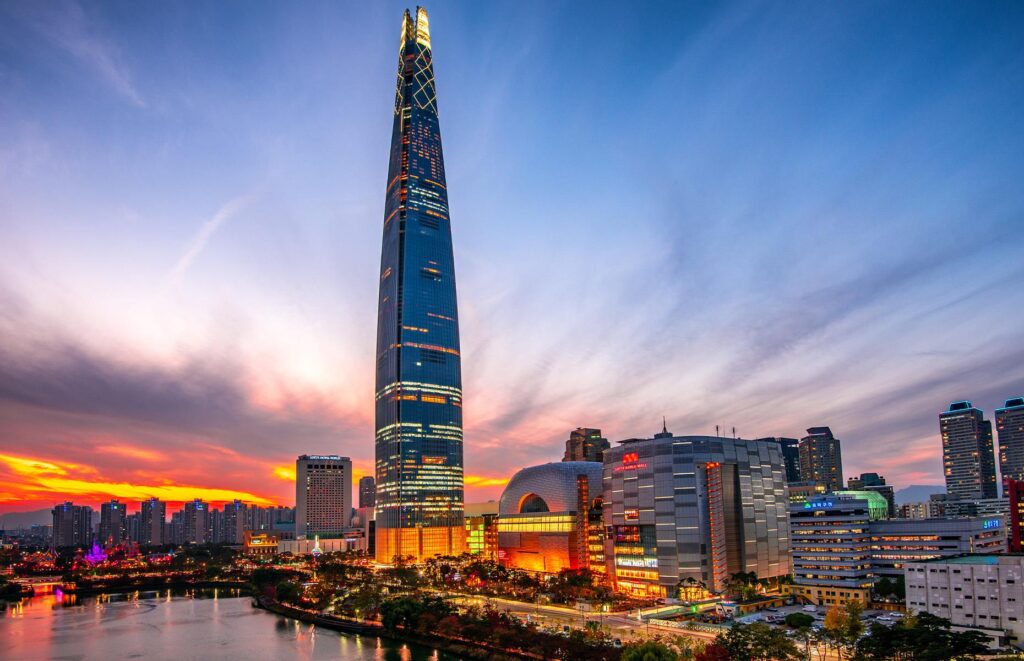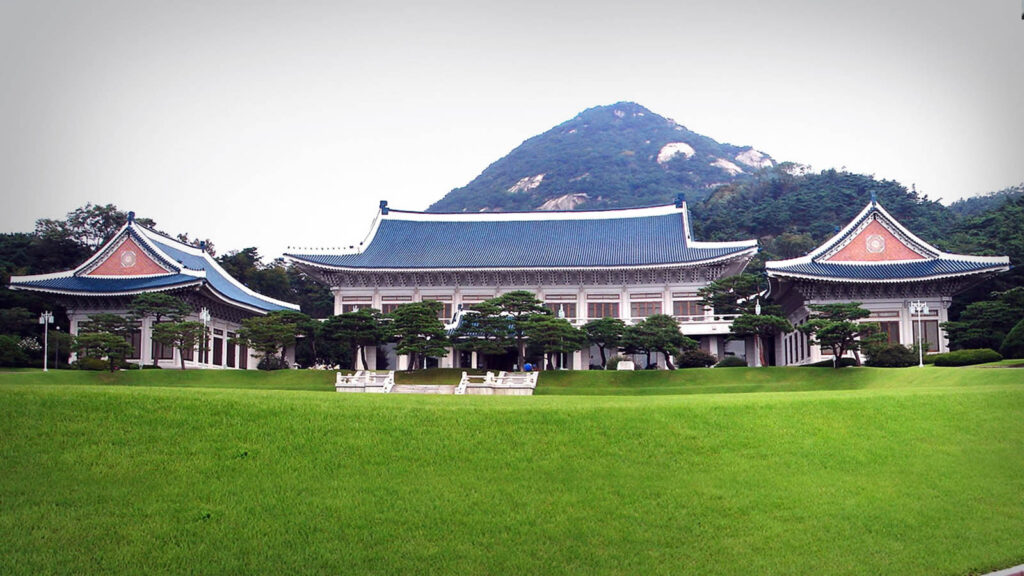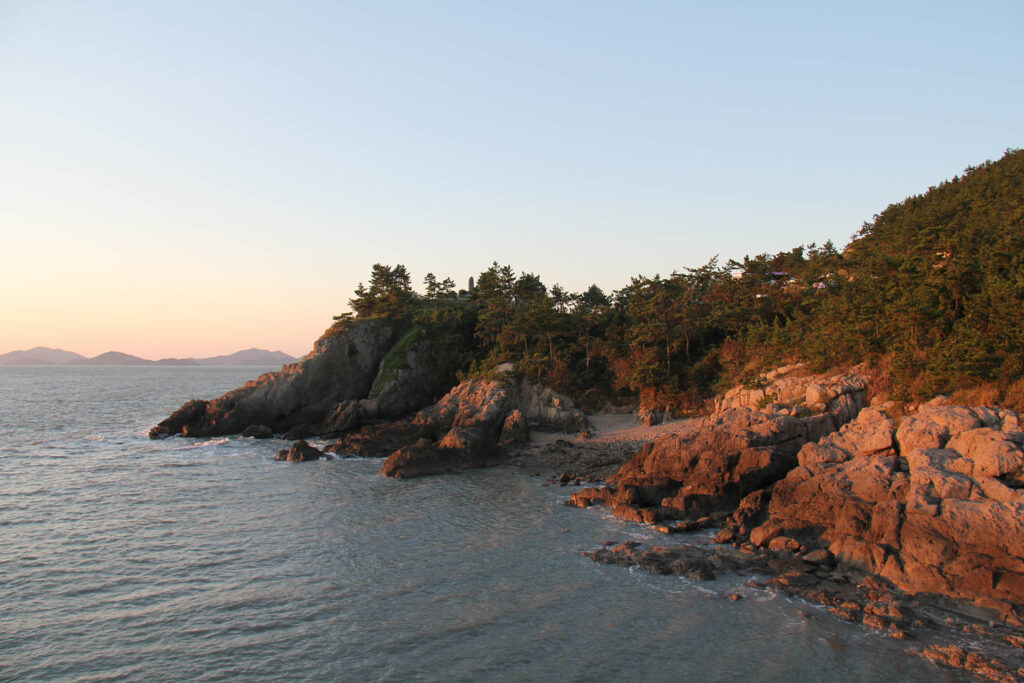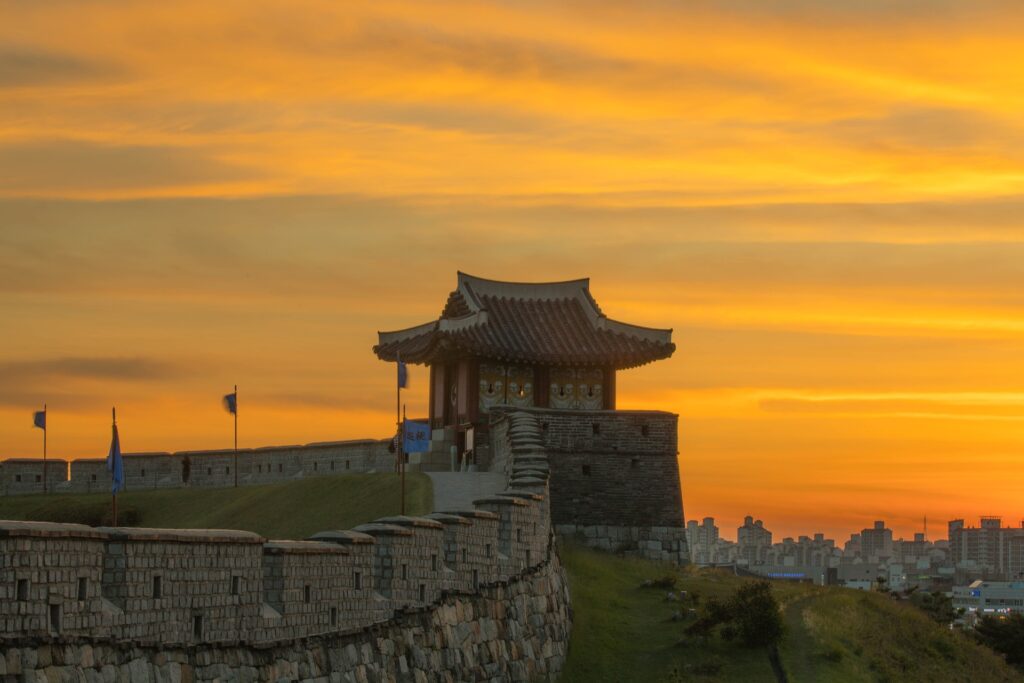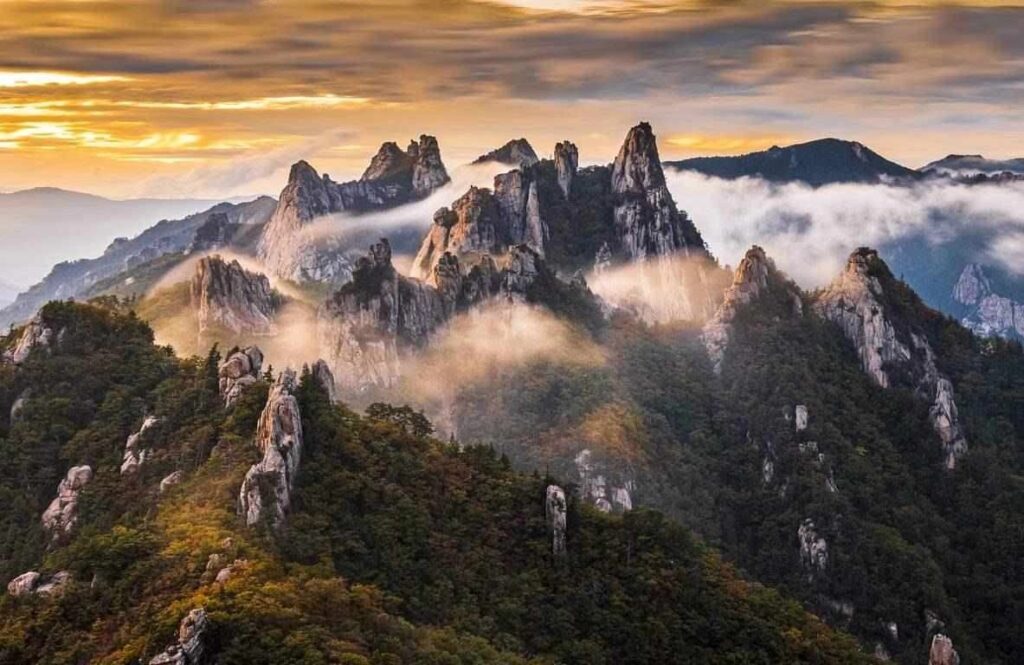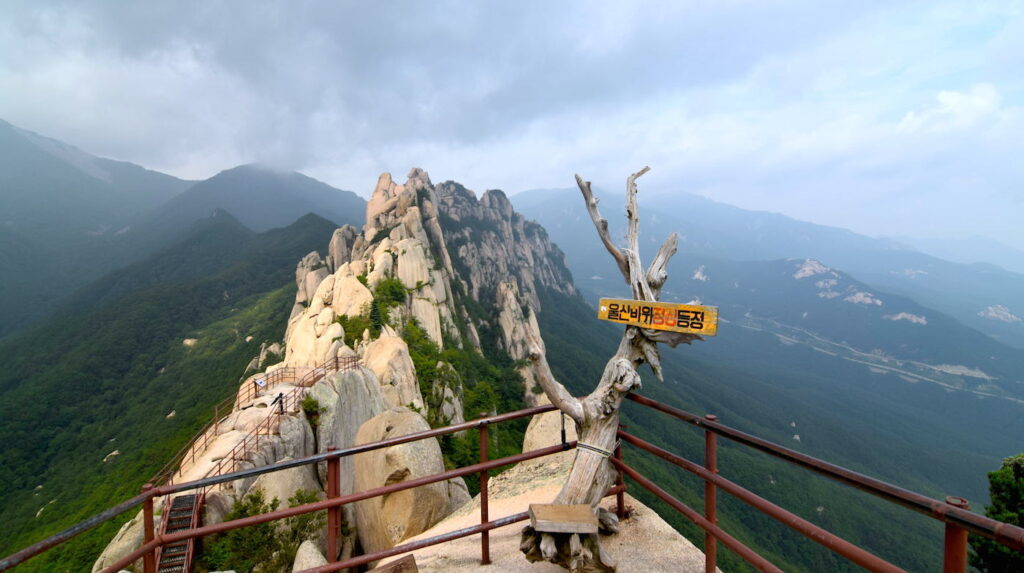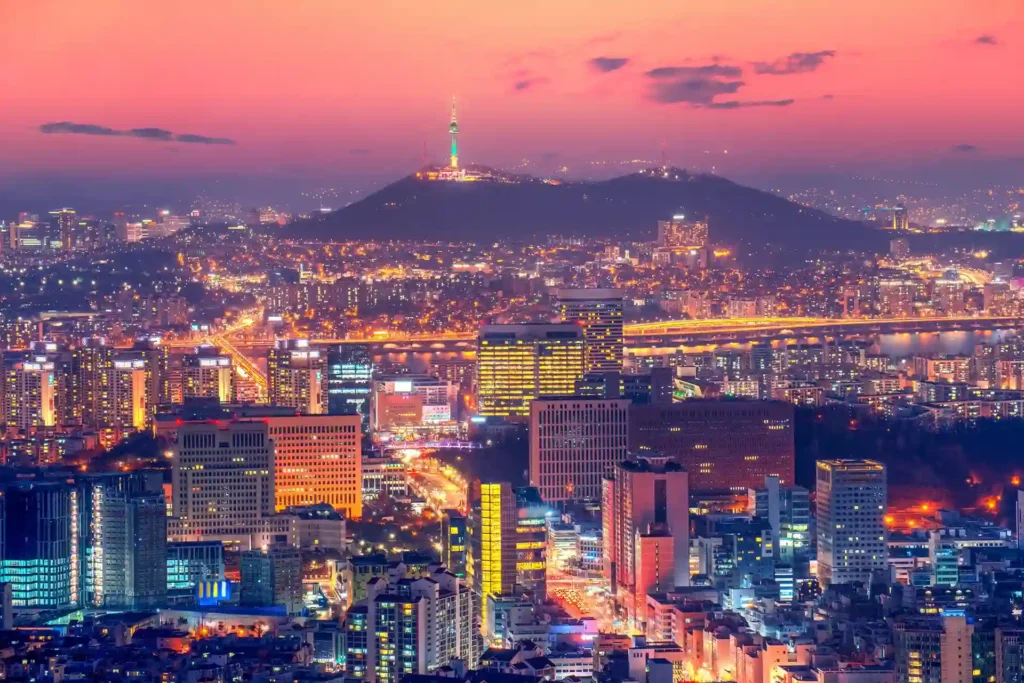The Kinabatangan River is located in the Malaysian state of Sabah in northern Borneo. Stretching 560 kilometers from southwest to northeast across the state, the Kinabatangan is the second longest river in Malaysia after the Rajang River in Sarawak. This mighty waterway meanders through lush rainforests and fertile floodplains that are home to an incredible diversity of wildlife.
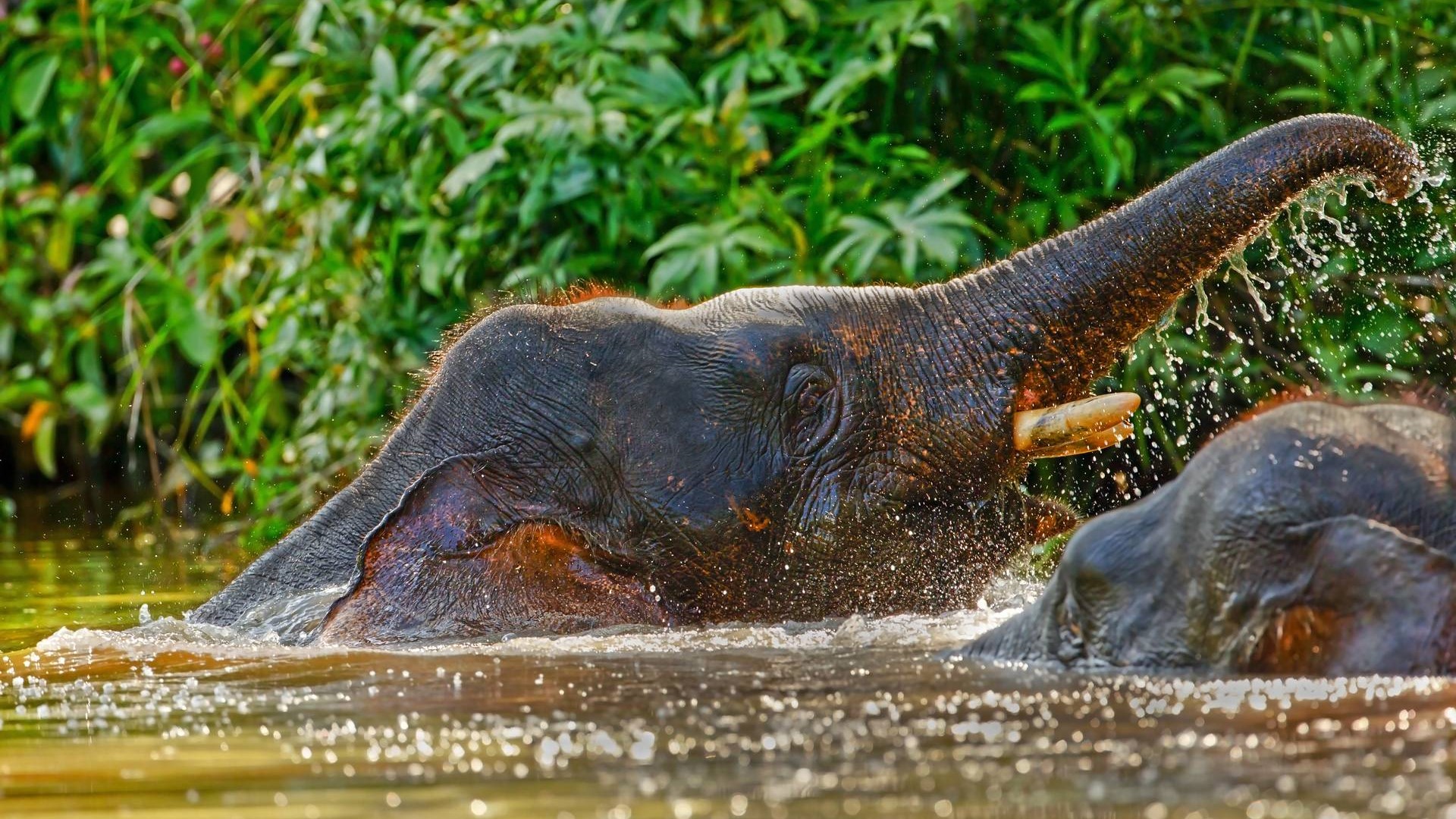
The Majestic Kinabatangan River of Borneo
An Important Ecosystem
The Kinabatangan region is one of the most important ecosystems in Malaysia. The river and its surrounding floodplain encompass over 400,000 hectares of habitat including mangrove forests, peat swamp forests, freshwater swamps, lowland dipterocarp forests, limestone outcrops, oxbow lakes, and more. This mosaic of habitats supports some of the richest biodiversity in Borneo.
The forests lining the Kinabatangan River serve as a vital wildlife corridor linking larger forest complexes across Sabah. As logging and oil palm plantations fragment the Bornean rainforest, the Kinabatangan ecosystem becomes increasingly important for the survival of wildlife populations in protected areas. The river allows animals to move between forest reserves, ensuring healthy genetic exchange between populations.
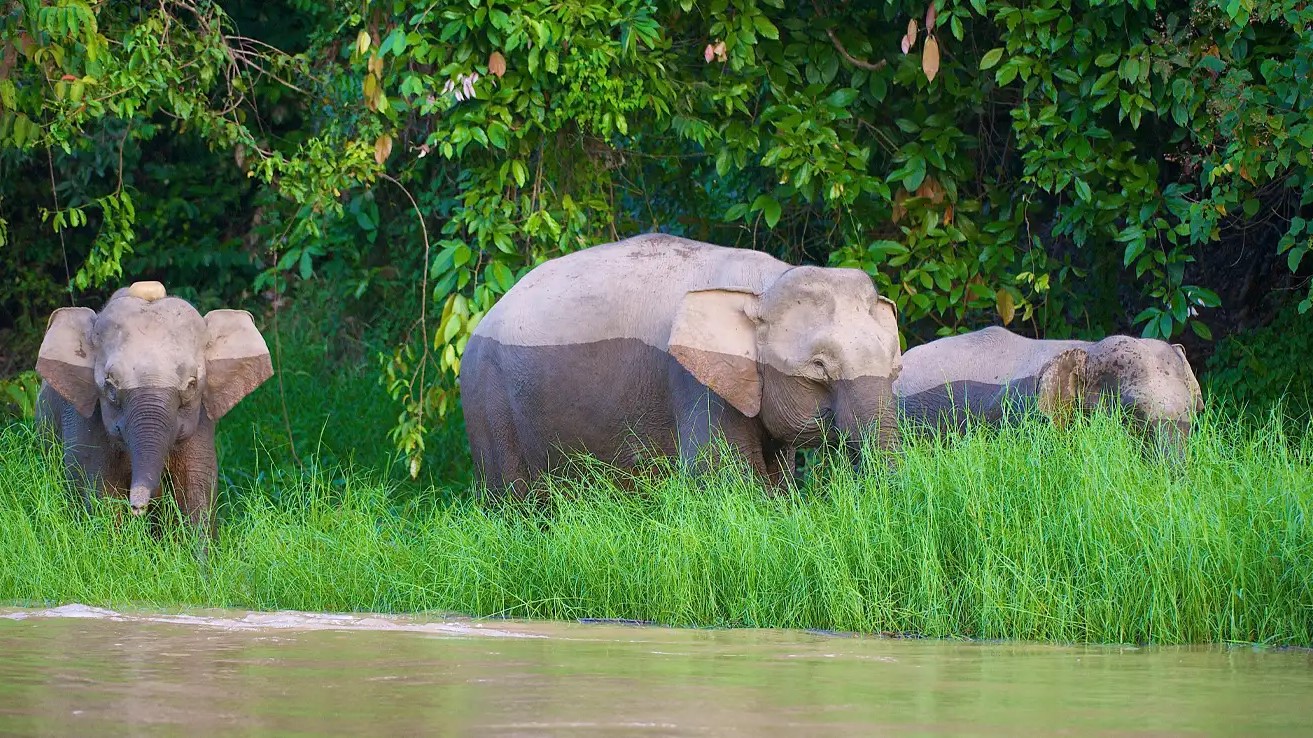
The Majestic Kinabatangan River of Borneo
Incredible Biodiversity
The Kinabatangan region is home to an estimated 8000 species of vascular plants, 300 species of birds, 80 species of snakes, 55 species of frogs and toads, 30 species of fish, as well as wild cats, elephants, primates, crocodiles, and more. Some of the highlights include:
Mammals
The Kinabatangan floodplains are prime habitat for Borneo’s endangered wildlife species:
- Bornean Orangutan – The shaggy red apes are frequently seen along the river banks. The Lower Kinabatangan is thought to support over 1,000 orangutans.
- Bornean Pygmy Elephant – The smallest elephant species in the world wanders the forests of the Kinabatangan. Only around 1500 pygmy elephants remain in northern Borneo.
- Proboscis Monkey – Watch troops of these distinctive monkeys with their large pot-bellies and drooping noses occupy the riverside trees.
- Bornean Clouded Leopard – Theelve “modern lion” prowls the darkness under the rainforest canopy stalking prey like deer, pigs, and monkeys.
-
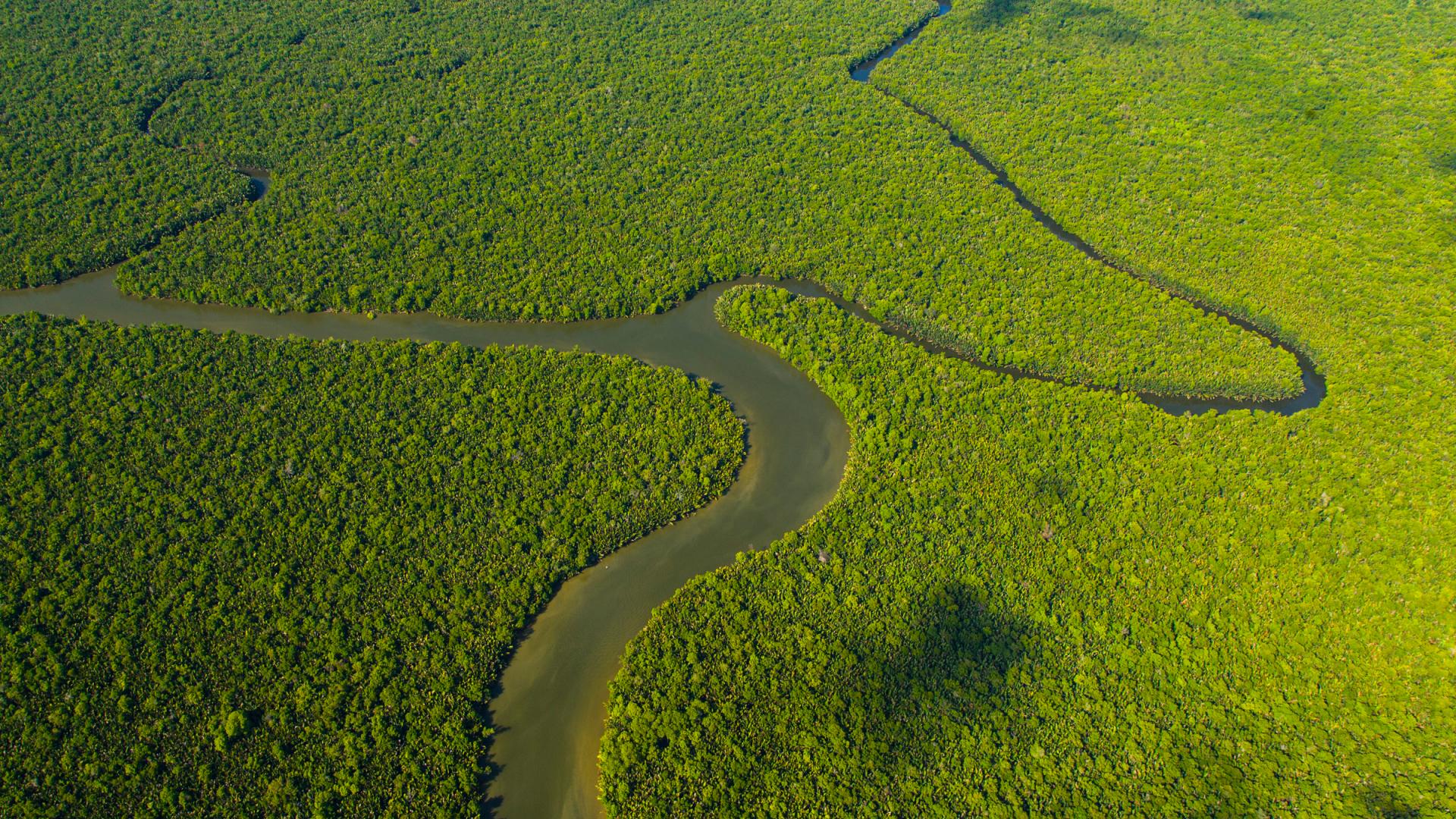
The Majestic Kinabatangan River of Borneo
Birds
Over 300 species of birds have been recorded in the Lower Kinabatangan Wildlife Sanctuary alone:
- Eight Hornbill species – from the showy Rhinoceros Hornbill to the endangered Helmeted Hornbill
- Bold eagles like Changeable Hawk Eagle and White-bellied Sea Eagle that hunt for fish and snakes along the river
- Colorful pheasants including Great Argus Pheasant, Crested Fireback, and Red Jungle Fowl
- Chestnut-naped Forktail – a rare endemic found nowhere else on Earth besides northern Borneo
Reptiles
Reptiles abound in the dense rainforest lining the mighty river:
- Saltwater Crocodile – the world’s largest living reptile that can reach 7 meters long lurks beneath the murky waters
- Reticulated Python – Southeast Asia’s longest snake that can exceed 8.7 meters patrols the forest floor ingesting mammals and birds
- Borneo River Turtle – this vulnerable turtle species nests on sandy river banks of the Kinabatangan floodplains
The river and its swampy tributaries teem with all kinds life from tiny fish larvae adrift on flooded forests to stately hornbills gliding over the canopy to huge crocodiles drifting in wait for prey. The diversity of creatures contained in this ecosystem is astounding.
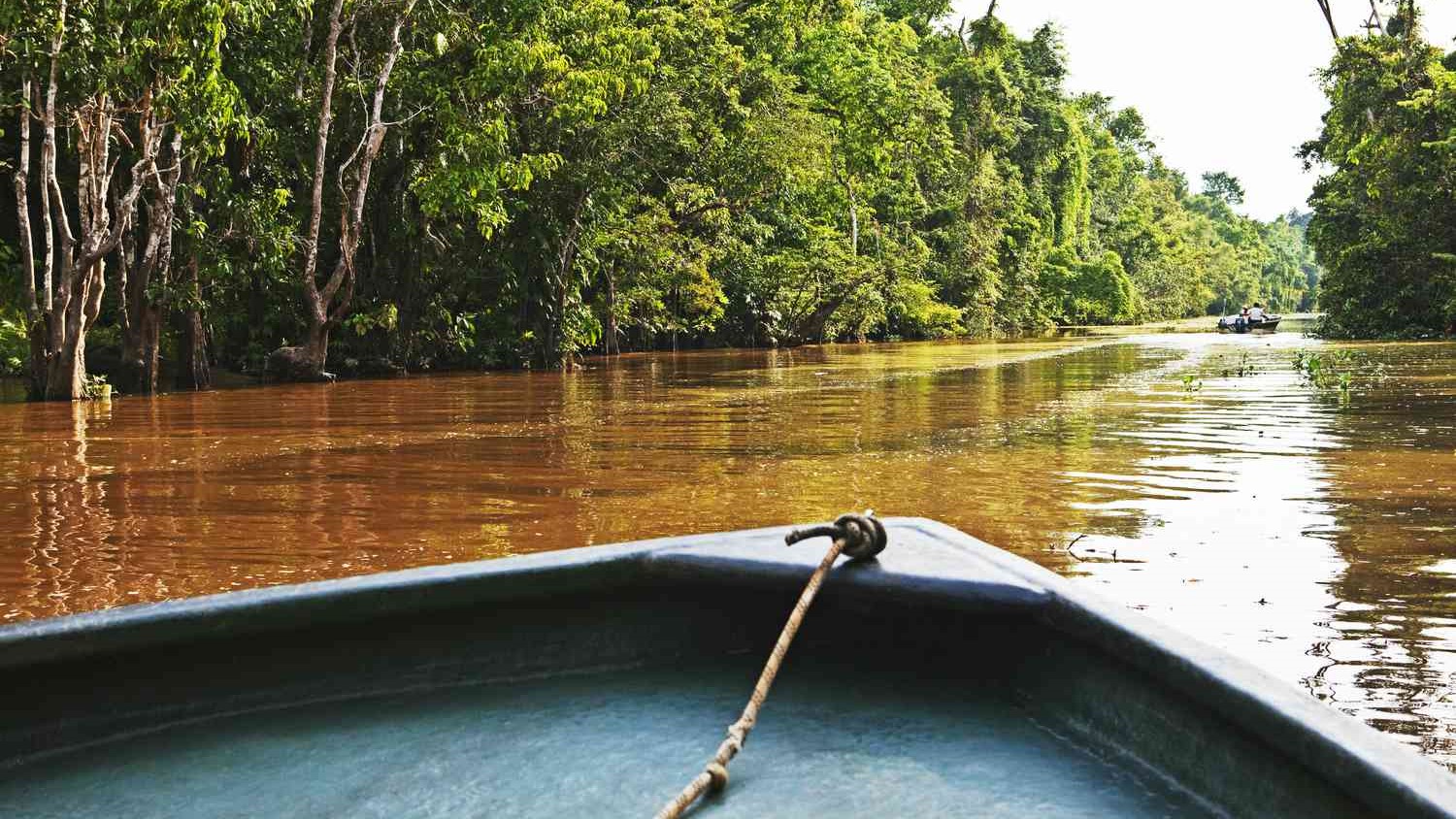
Threats to the Ecosystem
While parts of the Kinabatangan region are located within protected areas, the broader ecosystem faces grave threats primarily from habitat loss. Over the past few decades, large areas of lowland rainforest have been cleared for industrial oil palm and timber plantations. Cultivation of oil palm has skyrocketed across Sabah and is one of the primary drivers of deforestation in Malaysia.
As virgin forest is razed, wildlife loses vital habitat. Animals become isolated in fragmented forest patches hemmed in by endless rows of oil palm. Without forest corridors for migration, populations lose genetic diversity making them more vulnerable to extinction. Human-elephant conflict also intensifies as the elephants’ traditional migration routes are blocked off.
Aquatic habitats suffer from erosion and river sedimentation due to soil exposure at plantation sites. Agrochemical pollutants from pesticides and fertilizers also degrade water quality flowing into the Kinabatangan. This pollution threatens sensitive species like the endangered Borneo River Turtle. Protecting water quality is crucial for maintaining functioning freshwater and estuarine ecosystems.
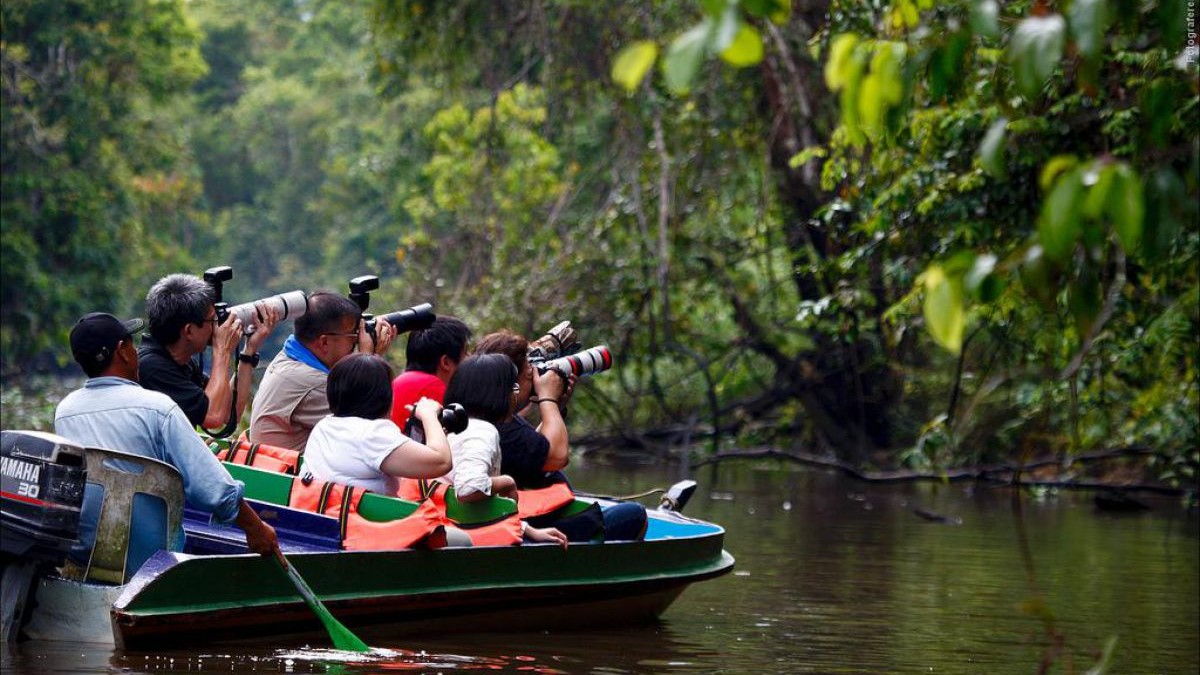
Conservation Efforts
To protect the precious Kinabatangan ecosystem, the Sabah state government established several protected areas including the Lower Kinabatangan Wildlife Sanctuary in 2005 encompassing over 27,000 hectares of habitat. Selective eco-tourism is encouraged to generate funds for conservation management.
The non-profit Kinabatangan Orangutan Conservation Programme carries out scientific research, reforestation programs along river buffers, environmental education for local communities, and anti-poaching patrols. They have planted over 8000 saplings to restore degraded forest areas.
To mitigate human-elephant conflict, the Elephant Response Unit rescues elephants from dangerous situations, carries out village patrols to deter crop raiding, and educates local residents to be more tolerant of the endangered pachyderms they must coexist with.
While threats persist from expanding oil palm plantations and other development, concerted efforts to expand protected habitat along the lower Kinabatangan floodplains offer hope for preserving this richly biodiverse ecosystem and its iconic wildlife. By supporting local eco-tourism and conservation initiatives, visitors to Sabah can directly contribute to the stewardship of the beloved Kinabatangan River region.


